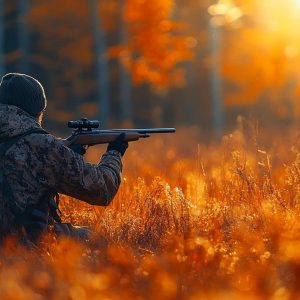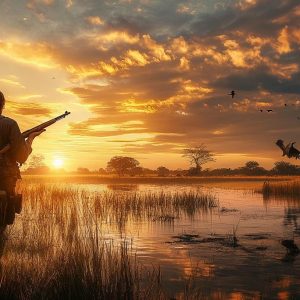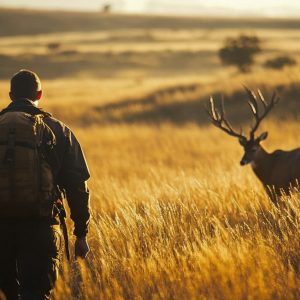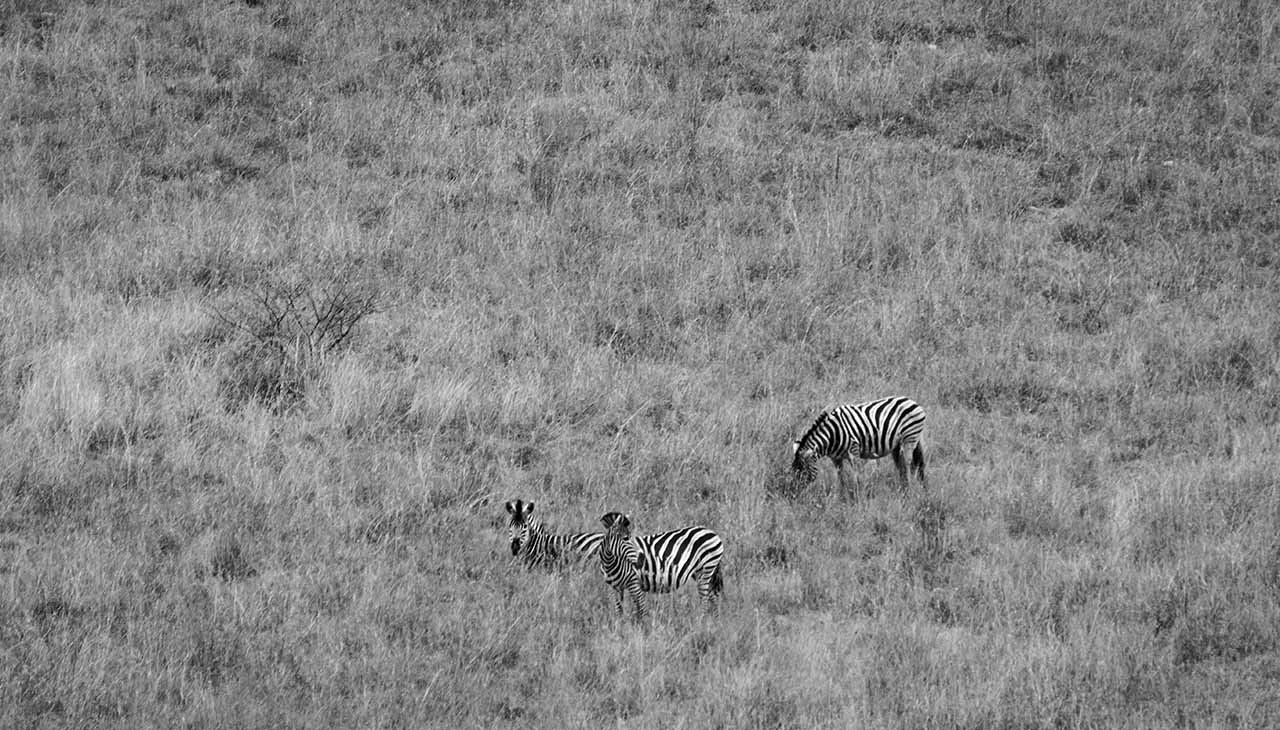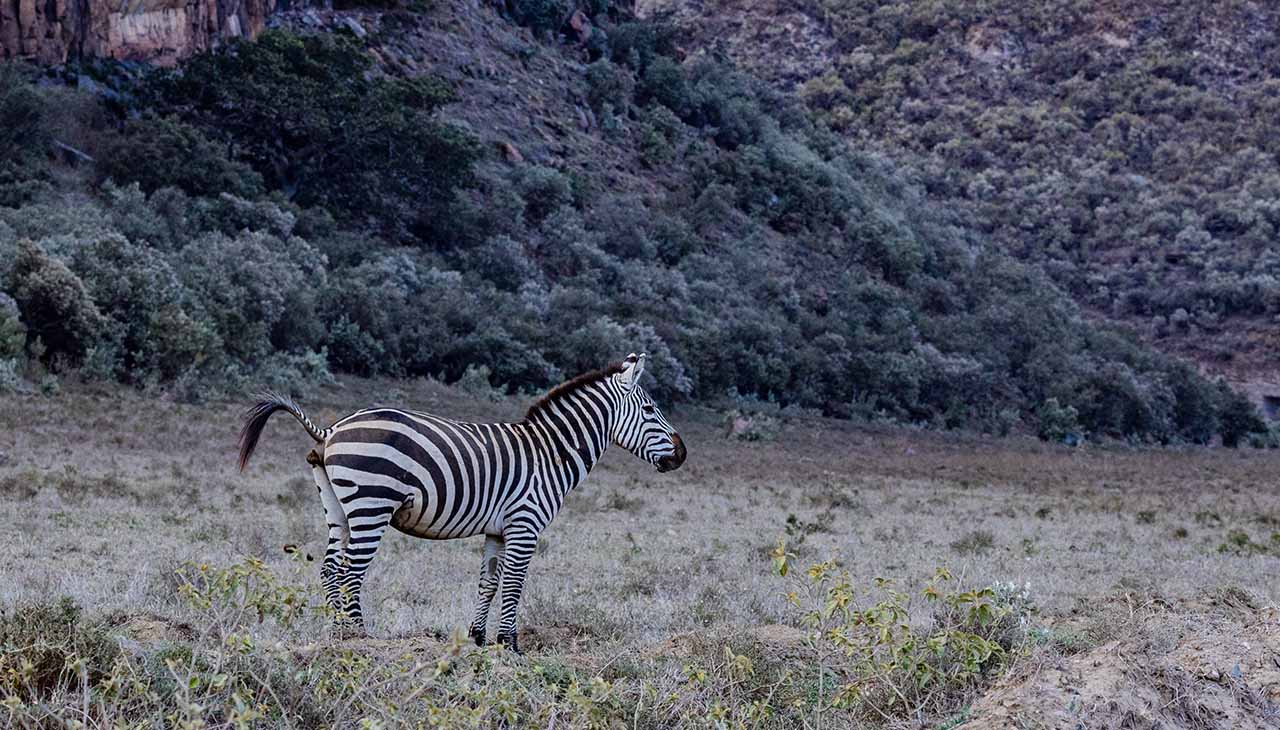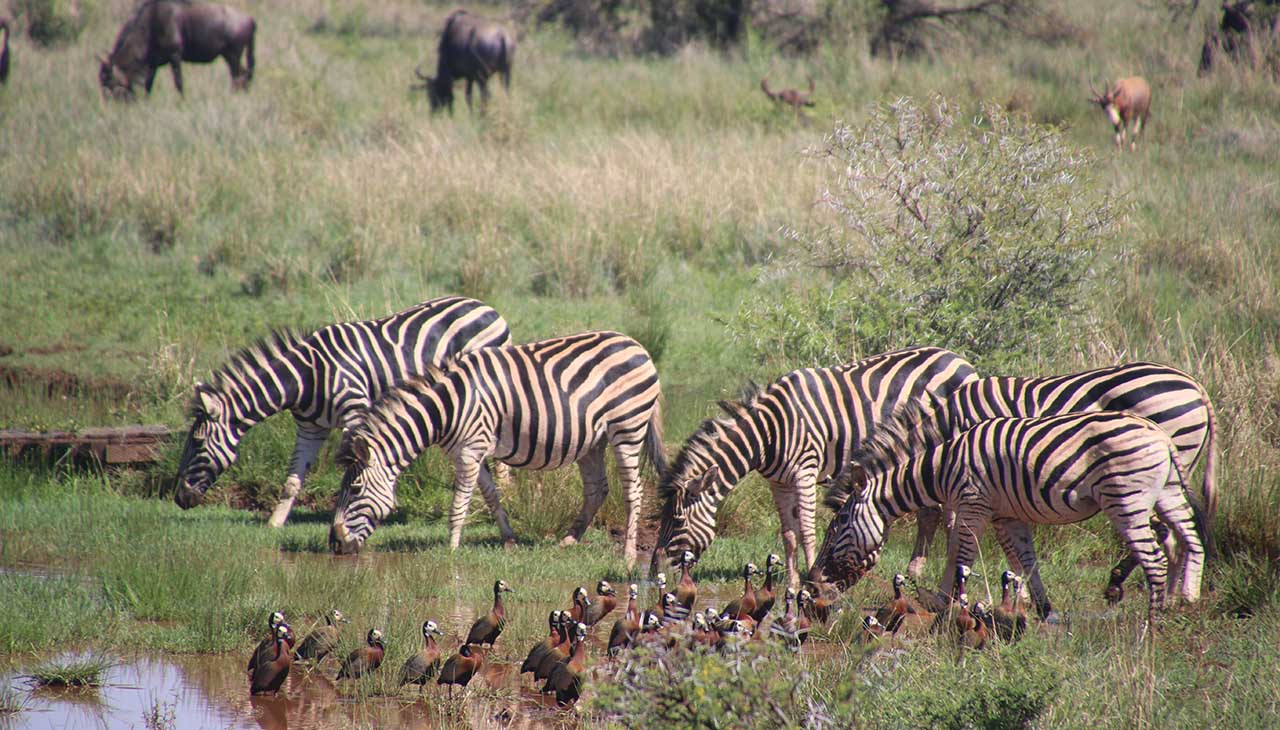Understanding the distinction between hunting and poaching is vital in the discourse surrounding wildlife conservation. While both involve the act of killing wildlife, the motivations, legality, and impact on wildlife populations differ substantially. This article offers an in-depth comparative analysis of hunting and poaching, highlighting their respective key characteristics and impacts on biodiversity.
Hunting: A Legal and Regulated Activity
Hunting is a legal and regulated activity that involves pursuing and capturing or killing wild animals for various purposes. It is an age-old practice deeply rooted in human history and culture. However, it is important to note that hunting regulations and laws vary across countries and regions.
The purpose of hunting extends beyond mere sport or recreation. It serves as a means to manage wildlife populations and maintain ecological balance. Hunting can help control animal populations when they exceed the carrying capacity of their habitat, preventing overgrazing and damage to ecosystems. Additionally, hunting can provide sustenance for communities through the consumption of game meat.
To ensure the sustainability of wildlife populations, hunting is governed by strict regulations and permits. These regulations are designed to protect endangered species, maintain biodiversity, and prevent the depletion of animal populations. Hunters must comply with specific seasons, bag limits, and licensing requirements set by wildlife management agencies.
Through hunting, individuals contribute to conservation efforts and the preservation of natural habitats. The fees associated with hunting licenses and permits often go towards funding wildlife conservation initiatives. This financial support aids in the protection and management of wildlife populations, habitat restoration, and scientific research.
Hunters must abide by ethical practices and engage in responsible hunting. This includes taking accurate shots to minimize suffering, only targeting legal game species, and respecting hunting boundaries and property rights. By adhering to these principles, hunters can ensure that their activities have a positive impact on wildlife and ecosystems.
In conclusion, hunting is a legal and regulated activity that serves important purposes such as wildlife management, conservation, and sustenance. When conducted responsibly and in compliance with laws, hunting can coexist harmoniously with the preservation of natural resources and the well-being of ecosystems.
Poaching: An Illegal and Destructive Practice
Poaching is an illegal and destructive practice that poses a significant threat to wildlife populations and ecosystems worldwide. It involves the illegal hunting, capturing, or killing of protected species for various purposes, primarily driven by the demand for their parts and products.
One of the main motivations behind poaching is the illegal wildlife trade, which is a multi-billion dollar industry. Animals such as elephants, rhinos, tigers, and pangolins are targeted for their ivory, horns, skins, and other body parts, which are then sold on the black market. This trade not only drives species toward extinction but also fuels organized crime and threatens national security in some regions.
The consequences of poaching are far-reaching. It disrupts the delicate balance of ecosystems by depleting animal populations and disrupting natural processes. For example, the loss of keystone species like elephants or wolves can have cascading effects on entire ecosystems, leading to imbalances in plant populations, changes in predator-prey dynamics, and even habitat degradation.
Furthermore, poaching has devastating social and economic impacts. Many local communities rely on wildlife-based tourism for their livelihoods, and the decline of iconic species due to poaching undermines these economic opportunities. Additionally, poaching often involves violence and conflicts with law enforcement agencies, posing risks to both human lives and the rule of law.
Efforts to combat poaching involve a combination of law enforcement, international collaboration, public awareness campaigns, and community engagement. Governments, non-profit organizations, and conservation groups work together to strengthen anti-poaching measures, enhance protected area management, and support local communities in alternative income-generating activities.
Individuals need to recognize the harmful consequences of poaching and take action to combat it. This can include supporting conservation organizations, avoiding the purchase of illegal wildlife products, and spreading awareness about the issue. By working together, we can protect vulnerable species, preserve biodiversity, and ensure a sustainable future for our planet.
Key Differences between Hunting and Poaching
Several key differences between hunting and poaching distinguish these two practices:
- Intent and motive: Hunting is typically done with legal intent and a specific purpose, such as obtaining food, managing wildlife populations, or engaging in recreational activities. On the other hand, poaching involves illegal intent and is primarily driven by profit-seeking motives, such as the illegal wildlife trade.
- Legal status: Hunting is a regulated activity that requires licenses, permits, and compliance with specific laws and regulations set by wildlife management authorities. Poaching, on the other hand, is entirely illegal and disregards these regulations, often taking place in protected areas or during closed seasons.
- Methods used: Hunting is conducted using legal and ethical methods, following specific guidelines to ensure a quick and humane kill. Hunters typically use firearms, bows, or other approved hunting equipment. Poaching, however, employs illegal and often cruel methods, such as using snares, poison, or high-powered rifles to indiscriminately kill animals without regard for their welfare or conservation status.
- Impact on wildlife conservation: Hunting, when practiced responsibly and within legal limits, can contribute to wildlife conservation efforts. By participating in regulated hunting programs, hunters can help manage animal populations, control disease spread, and provide funding for conservation initiatives through license fees and taxes on hunting equipment. In contrast, poaching has a devastating impact on wildlife conservation. It threatens endangered species, disrupts ecosystems, and undermines conservation efforts by depleting populations and driving them closer to extinction.
It is important to understand and promote the distinction between hunting and poaching. Responsible hunting, conducted within the bounds of the law and ethical guidelines, can coexist with wildlife conservation goals. However, poaching must be condemned and combated as it undermines the integrity of ecosystems, threatens biodiversity, and perpetuates illegal wildlife trade.

